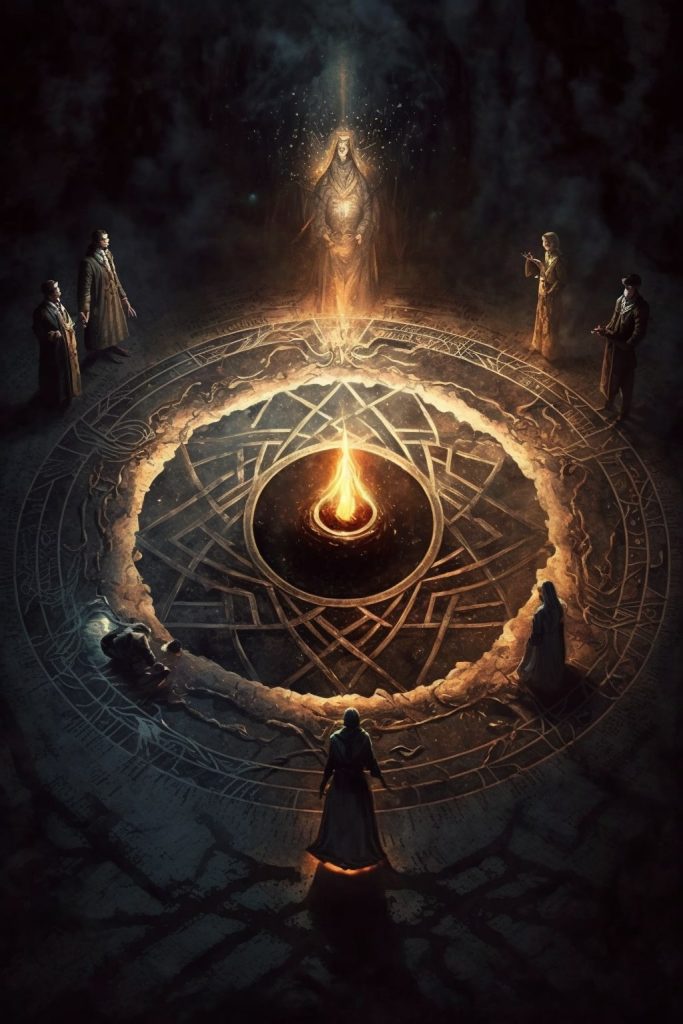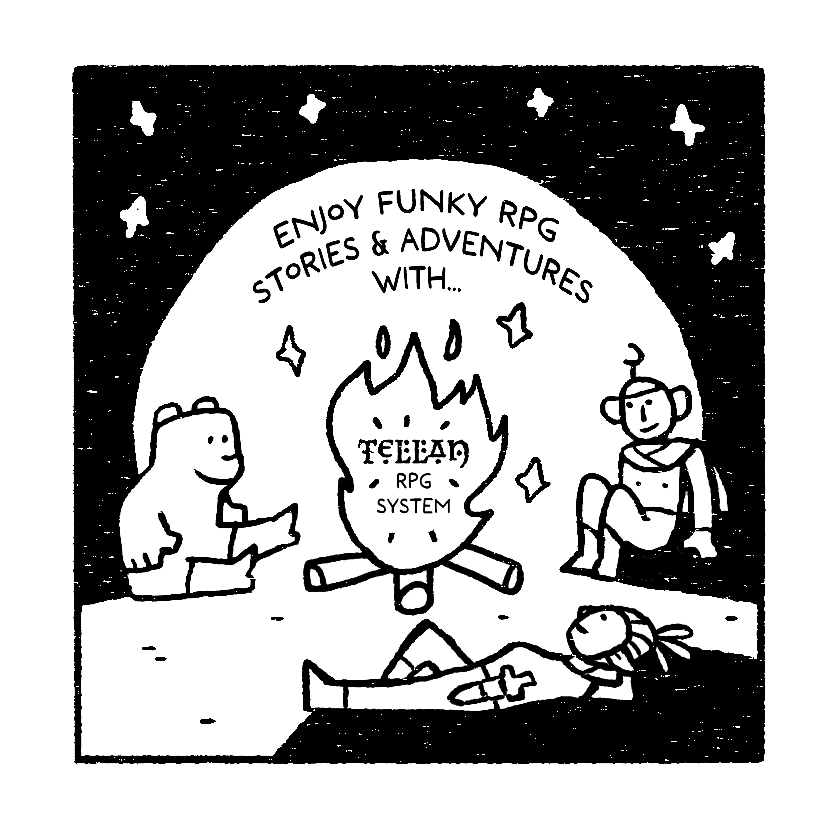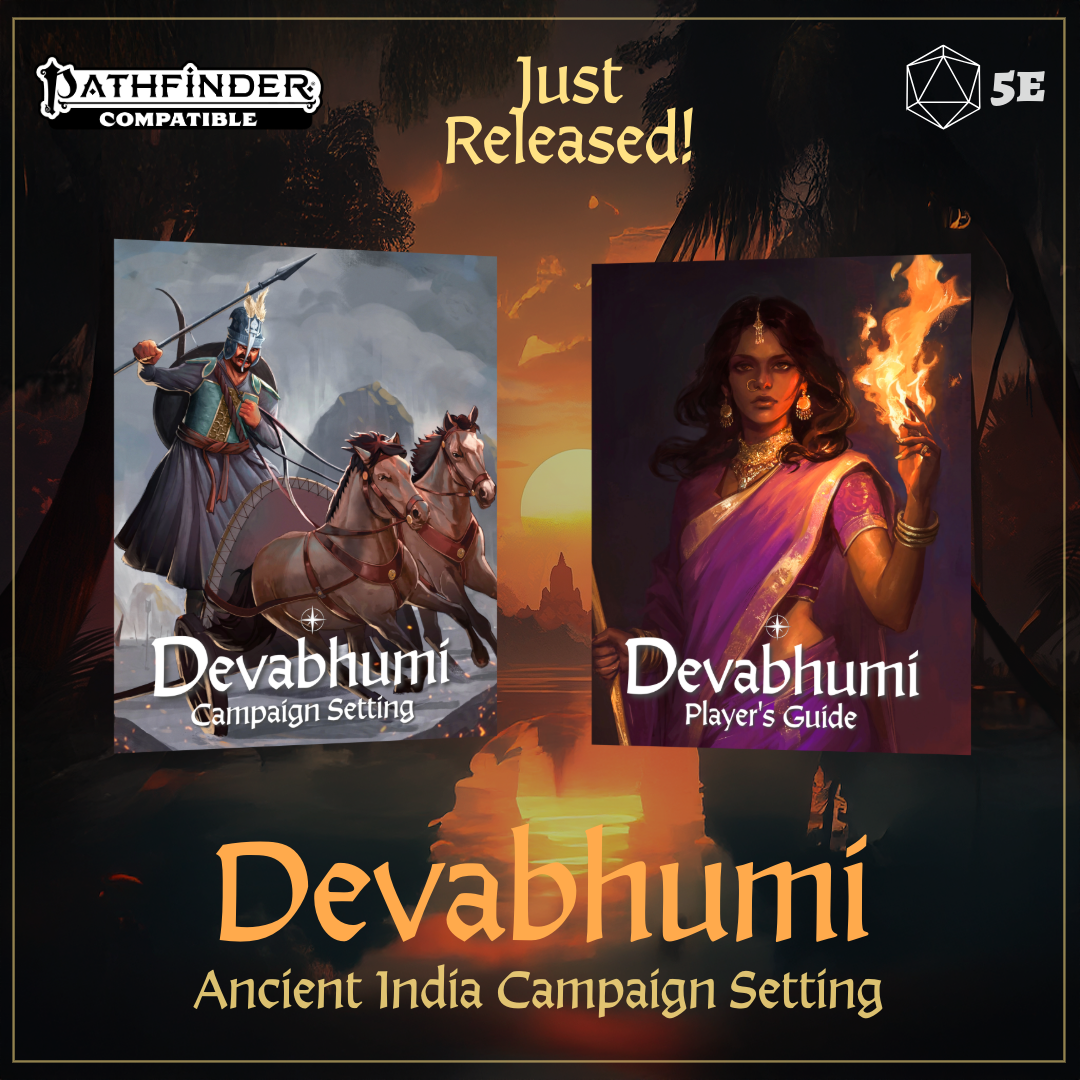rpg
3176 readers
8 users here now
This community is for meaningful discussions of tabletop/pen & paper RPGs
Rules (wip):
- Do not distribute pirate content
- Do not incite arguments/flamewars/gatekeeping.
- Do not submit video game content unless the game is based on a tabletop RPG property and is newsworthy.
- Image and video links MUST be TTRPG related and should be shared as self posts/text with context or discussion unless they fall under our specific case rules.
- Do not submit posts looking for players, groups or games.
- Do not advertise for livestreams
- Limit Self-promotions. Active members may promote their own content once per week. Crowdfunding posts are limited to one announcement and one reminder across all users.
- Comment respectfully. Refrain from personal attacks and discriminatory (racist, homophobic, transphobic, etc.) comments. Comments deemed abusive may be removed by moderators.
- No Zak S content.
- Off-Topic: Book trade, Boardgames, wargames, video games are generally off-topic.
founded 1 year ago
MODERATORS
1
2
3
4
5
6
7
8
9
10
11
13
Why do you think your campaigns last so long? Psychotronic Gaming: The Basics
(harbingergames.blogspot.com)
12
13
14
15
16
17
18
19
20
21
22
23
24
25
view more: next ›







